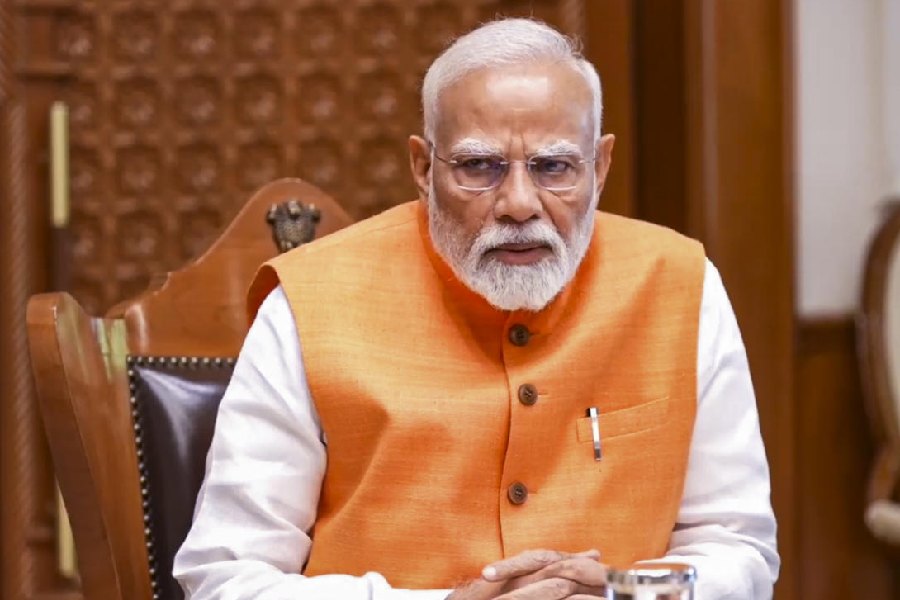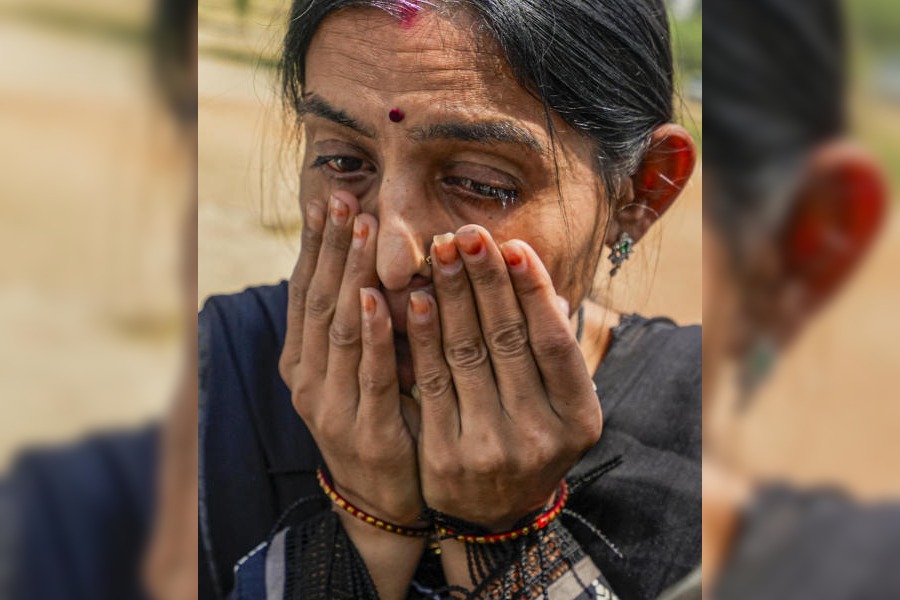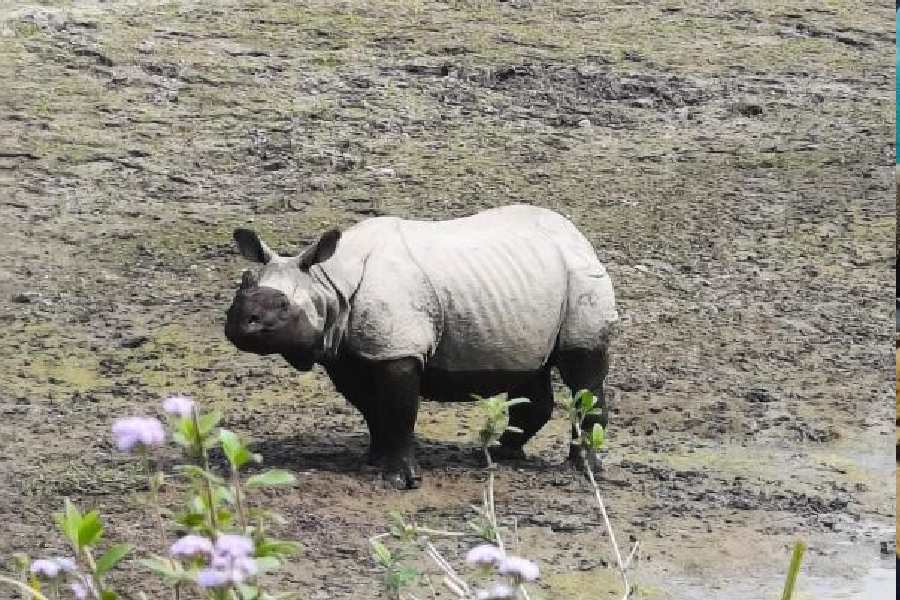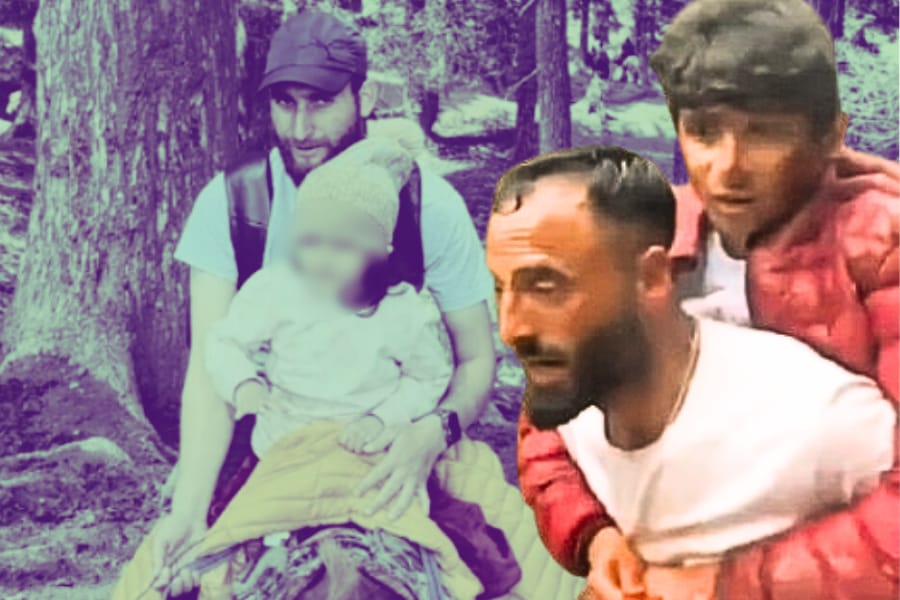


The centenary commemoration of the First World War has, unsurprisingly, led to the publication of several engaging literary works on the tumultuous years. Vedica Kant's poignant and insightful work, IF I DIE HERE, WHO WILL REMEMBER ME? is one example of a book that attempts to document the lives of the unknown Indians who had fought the War on behalf of their colonial masters. Santanu Das has now made an important addition to this existing body of knowledge. 1914-1918: INDIAN TROOPS IN EUROPE ( Mapin, Rs 1,850) combines telling imagery with a cogent, well-researched text to piece together a visual narrative of the lives of the men from the subcontinent in the grand theatre of death.
Das's engagement is critical, but never sentimental. This is important because more often than not, the retelling - visual or otherwise - of India's contribution to the War glosses over important questions because of its subscription to a shrill nationalist rhetoric. For instance, Das notes how India was torn between loyalty to the Empire and the fledgling idea of nationalism even as the world went to war. Nearly 138,608 Indians had served in Europe between 1914-1919, but the recruitment policy of the raj mirrored contemporary ethnic prejudices. Pathans, Dogras, Sikhs, Gurkhas - communities with a strong military tradition - were preferred to the restive, but 'effeminate', Bengalis. Even the visual chronicling of Indian soldiers was not entirely free of bias. "The most visible, flamboyant and well-documented troops among the British Indian army however remained the 140,000 who served in Europe," writes Das. He goes on to add that the turbaned Sikh warrior or the Gurkha sepoy served as an emissary of cultural orientalism that etched itself on the colonial imagination. Even the bravest succumbed to fear. Das fishes out a letter written by an Indian soldier from a hospital in Brighton in which he describes the war as a fire that cannot be doused by man. The performance of Indian troops, too, remains a contentious subject. Some military historians have compared them to a pre-industrialized militia while others have saluted their bravery.
Post-war India and the world have heaped honours on the fallen men. But then, India Gate, which was originally an imperial war monument, has been seamlessly assimilated into the nationalist discourse and is now perceived as a relic that pays tribute to the martyrs of the war in 1971. Clearly, even all that is written in stone is seldom eternal.
Left depicts two Indian soldiers in military gear and sandals. Top, showing Gurkha soldiers with kookris, is a potent example of colonial iconography. Bottom portrays Indian prisoners of war in Germany.











